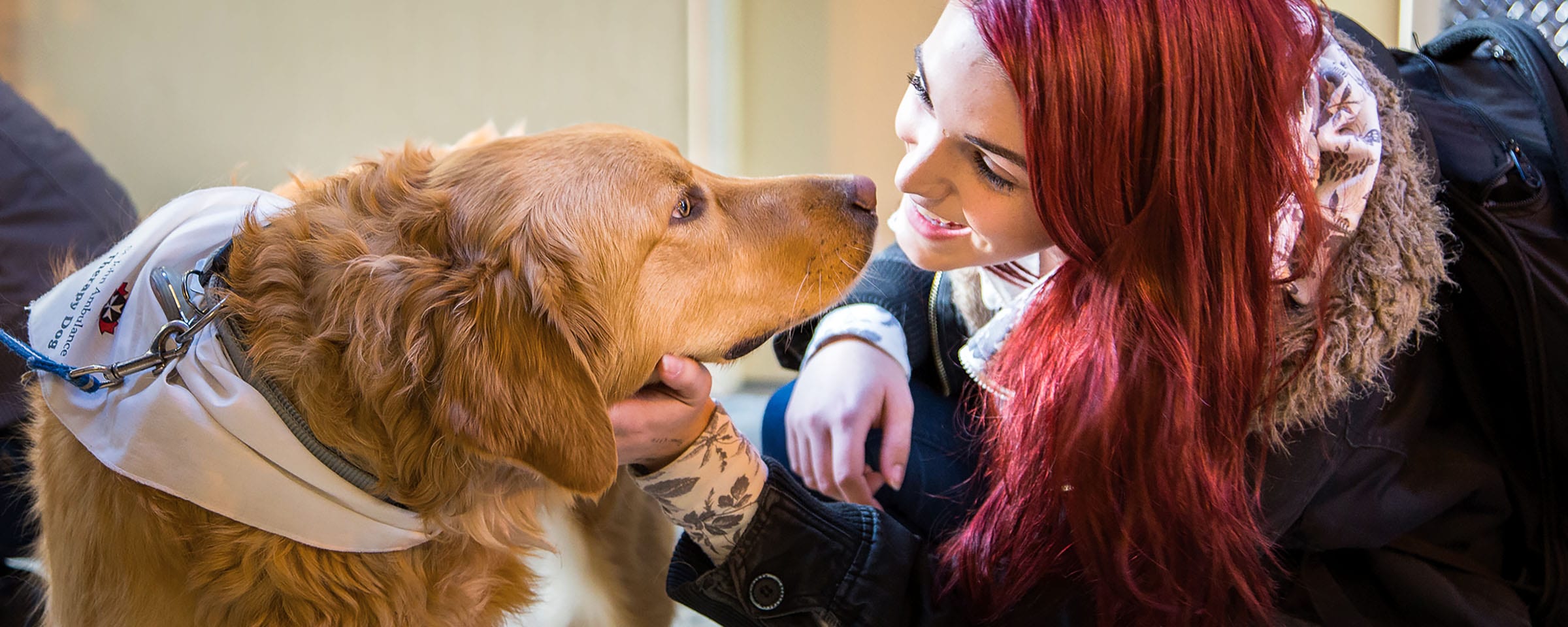RRC Slow Pitch and Why You’re On the Team
RRC Slow Pitch is back again on June 9th at John Bloomberg. The annual event has become a fan favorite of things to do to participate in the college community. It has grown and morphed into a place where you can stretch out your legs, get some sun on the face again and reconnect to some familiar faces.
Many people have many different reasons to come out and I’ve noticed they all seem to fit so well together. Some people come who of have played before, or haven’t played in years, who have never played or just want to be a part of the team. It seems to work so well. A single team could be over 20 plus participants with only needing about half that to play.
When I get asked to talk about active living benefits my mind automatically goes to how “I should do more sit ups” or “I should put down this cake.” I feel a lot of our ideas about things we want to change or improve on are seen from the negative. Who is this voice? I know some people did not sign up for slow pitch in the past because they thought they couldn’t play, not good enough or didn’t know how to play. After enough time of still wanting to participate, they come and see the environment and they find themselves trying a new sport, playing in some of the games or just bringing in a chair and cheering on their team. I find for myself active living is becoming less about the harsh judgments of how I think I see myself and if I belong, and more about the acceptance of who I am and where I’m at. If I’ve come away with anything from this event, it is not because I feel the need to have to step up to the plate with a bat but to step up to myself to realize I am the only limiting factor to my experience. That when I accept myself as I am, then others also tend to accept me. This event has shown me people don’t care how far I can hit a ball but that I am perfect just as I am and I can be as I wish to be when I just let myself show up.
Yes, of course doing a few arm throws or jog around the bases are good. You don’t have to worry about the cake because we won’t serve any, but what about active living as an inside job first? Find the doubter, remove all doubt. Working on finding yourself and seeing that you belong anywhere you want to belong. That you just being you, is the role on the team we are waiting to fill and you might find yourself perhaps doing far more then you could’ve imagined.
Click here for the registration form; http://blogs.rrc.ca/rebels/intramural-special-events/
Registration and payment is being taken at the cashier’s office and you can register as a team or as a single person. Registration deadline is June 3rd at noon and is only $15.00 per person. This will book the facility as well as provide you with a lunch. Any registrations after June 3rd will be $20.00 per person. So come on out and give it a try anyway you want to.
Mario De Negri












